South of Midnight just dropped a half hour documentary, and I couldn’t be more into it. I’m a sucker for atmosphere and metaphor, so hearing Compulsion Games delving into the worldbuilding, setting, and themes of this spellbinding new action-adventure has more than rekindled my excitement for South of Midnight following the gameplay trailer shown earlier this year. I mean, American Southern Gothic meets ancient magic meets third-person action? The game was always going to be a resounding yes from me.
But as I watch protagonist Hazel Flood bound across the bayou in a new documentary, plucking strands of magic from the thick, swampy air as the developers explain the thematic origins of this “love letter to the South,” I’m struck by how effective the balance is between whimsical fantasy, real-world environments, and homage to Black and indigenous culture. The combination is a testament to Compulsion’s ongoing commitment to creating tonally distinct, concept-driven games with a tightly-hewn artistic vision underpinning each one – and now, South of Midnight is by far the upcoming Xbox Series X game I’m most hyped for in 2025.
A stitch in time
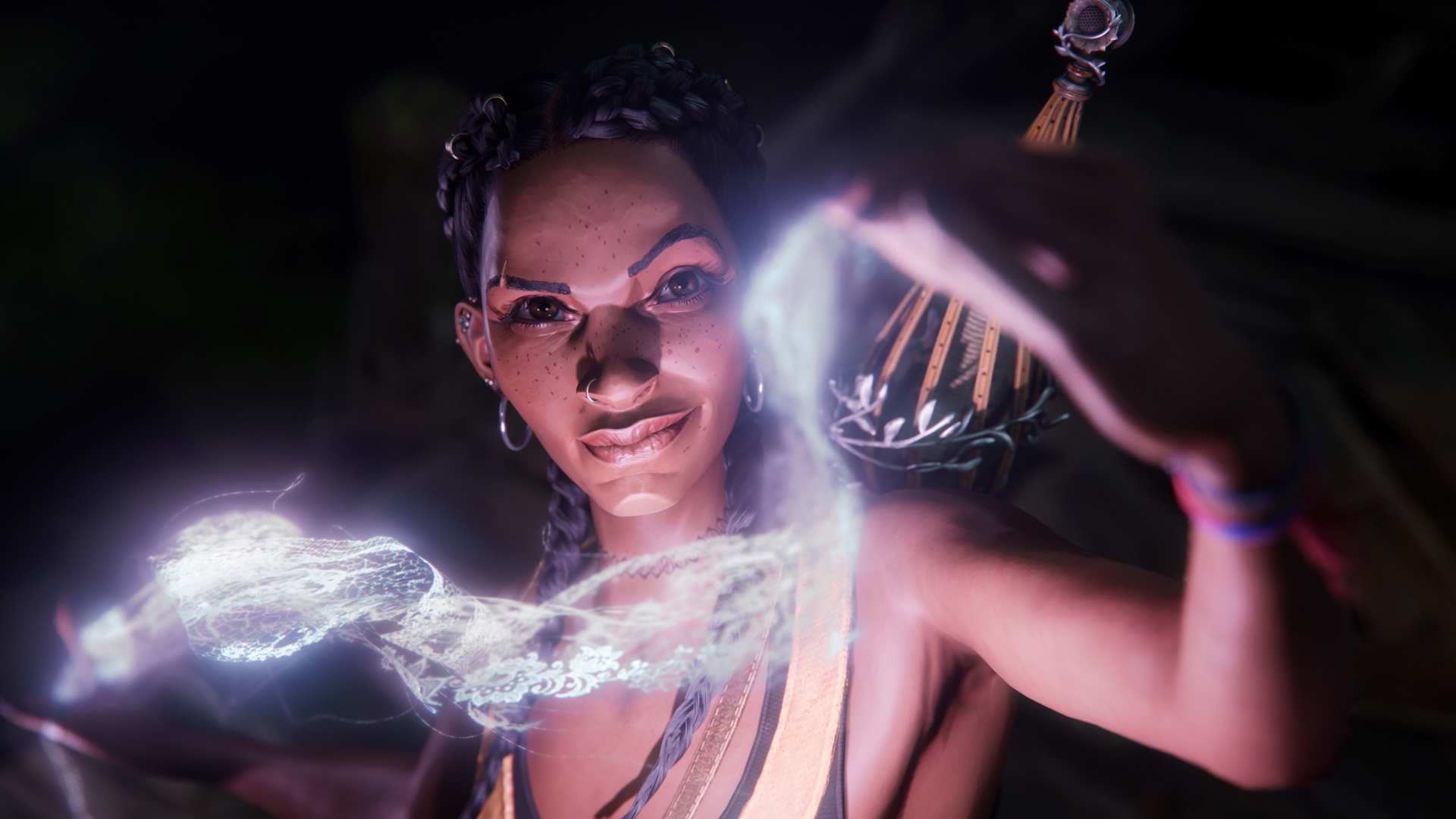
At its heart, South of Midnight is a game about storytelling. On a quest to save her town in the wake of a devastating hurricane, Hazel confronts all manner of cryptids, creatures, and entities torn from the pages of urban legend that we might never have heard of before – and in turn, shines a light on forgotten mythologies of the past.
These stories form the Great Tapestry – the mystery of Hazel’s own people and their connection to this land, both from a narrative perspective and one rooted in Hazel’s lineage as a young Black woman. We see this in the documentary, showing how Deep South folktales are woven into the fabric of the game much like how Hazel herself manipulates wisps of magic to conjure her powers as a Weaver. Artistic director Whitney Clayton describes how Hazel uses this “supernatural, living, sentiment material,” depicted in-game as strands of lace, to navigate four key biomes that combine real and make-believe places: the swamps, the Delta, the Appalachians (a mountainous stretch connecting the southern states to the East Coast), and a region inspired by New Orleans. Clayton touches on the “imaginary nostalgia” that Compulsion hopes to evoke in the player, its magical realism sparking our imaginations and, with that, a familiar sense of belonging.
Hearing this has made me view South of Midnight’s approach to storytelling in a whole new light. The act of passing-down ancient folklore from generation to generation becomes an artifact in itself here, summoning visions of awestruck little ones crowding closer to their older relatives, drinking in the wonders of each tale without question. It mirrors Hazel’s own encounters with various creatures, known as Haints, as she slowly unpicks the history of the places and people she meets, with no choice but to take each one as the truth and confront the mysteries head-on. I can’t say I’m all too familiar with every single one of these stories, but as a self-professed supernatural history fanatic, a cursory glance at biomes mentioned by Clayton is enough for me to start theorizing on what Hazel might encounter.
Interwoven
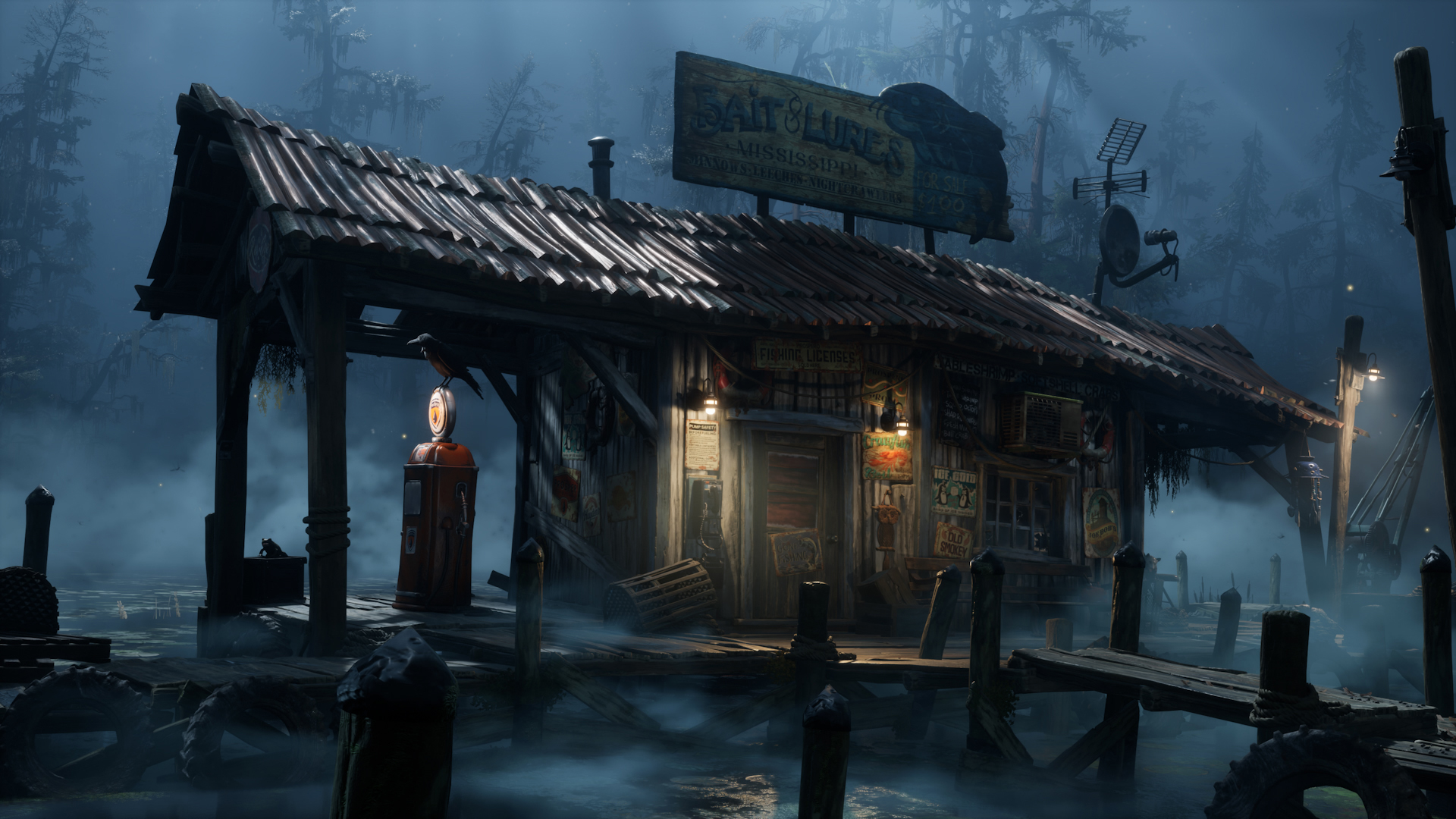
Finding magic in liminal spaces is one thing, but the human truth of South of Midnight has me utterly entranced.
But whether we’ll be reckoning with Skinwalkers and the Mothman lurking in Appalachia or the vampire legends of New Orleans, Compulsion makes it clear that South of Midnight’s grounding in real and extrapolated urban legend still has serious historical underpinnings. An example is how the swamp biome takes inspiration from the Great Dismal Swamp, a marshy region straddling Virginia and North Carolina, where escaped slaves sought refuge before the American Civil War and native populations fled colonization.
“A lot of people who escaped the plantation would go and live in the swamp […] because very few people will follow you into a swamp. And they made life work there,” writer Zaire Lanier explains in the documentary as she explores the site. With shots of thick marshland, rotting wood, and forgotten old structures slowly sinking into the dense undergrowth stretching out for miles, the relevance of Hazel’s journey takes on new meaning.
Finding magic and mystery in liminal spaces is one thing, but it’s the human truth of South of Midnight that has me utterly entranced already. Through this documentary, Compulsion Games has revealed a stark parallel to me. South of Midnight is a game about storytelling, yes, but it is also about personal histories refracted through the lens of fantasy. These tales of real-life struggle, persecution, and survival are integral to their folkloric framing – and every bit as important to pass down.
South of Nowhere is landing on Xbox and PC, alongside a wealth of other upcoming PC games slated to launch in 2025 and beyond.
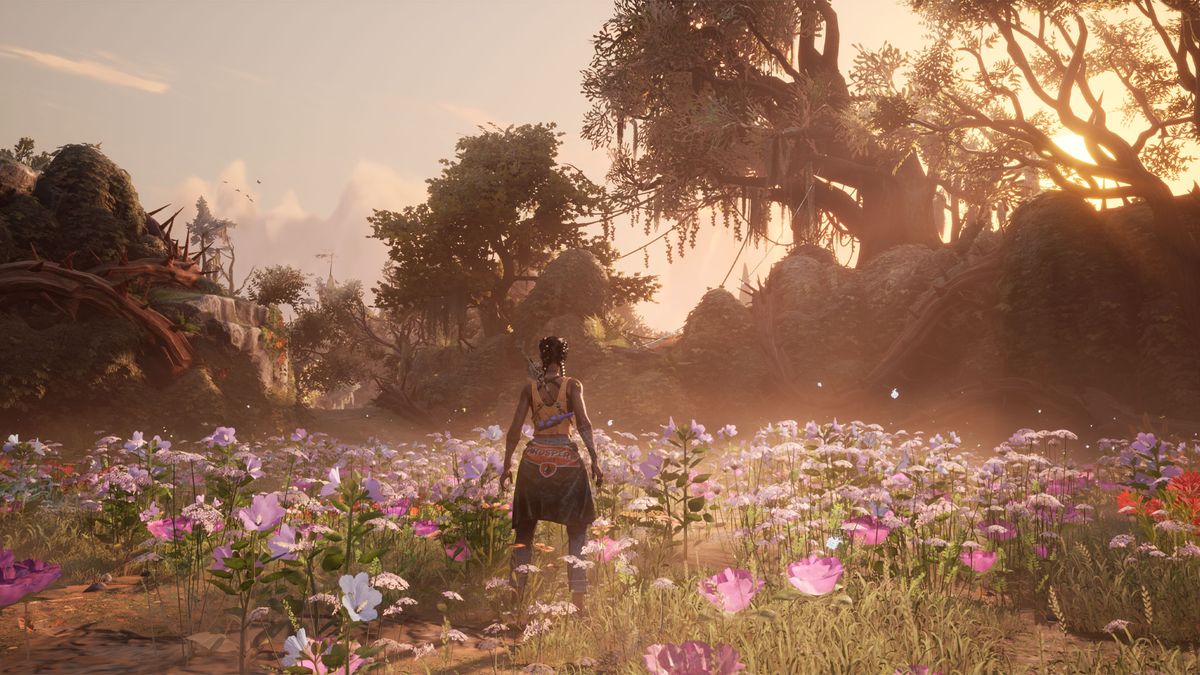
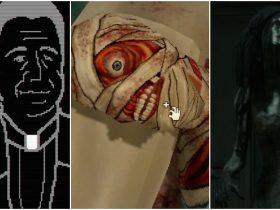


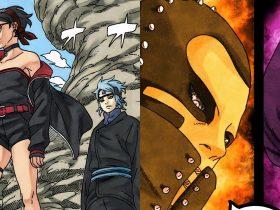






Leave a Reply